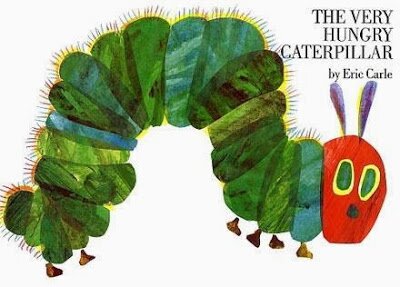
When telling a story to children, it is a must that visual illustrations should be provided or at least, the story is coupled with an optical demonstration. Children do have a very short attention span especially in listening. If it is a simple storytelling, you can’t expect a child to focus attention at you at all times. This is where appropriate way of choosing book and illustrations come in.
The entertaining illustrations and drawings in each page of a book animate the lifeless plot of a story and increase the excitability of the setting. Listing itself is a process by which imagination is required just to get the thought of the story. Proper illustrations of the vital points especially the climax of the story facilitate the imagination process of children. This in return, can help the storyteller achieve the objective of storytelling. Further, by illustrations, the children will fully understand the denouement of the story and its applicability in the real life situations.
Here, we’re going to tackle some important key points when illustrating a children’s book. These points are guides to facilitate proper illustrating and achieve the desired goal of each output.
Read the Story
It is a must that you know the story first before attempting to illustrate it. Knowing the story yourself could give you the gist of the setting, the sequence of the events and how would essay experts plot it. This way, you can give justice to the story by not deviating from the original story.
Prepare Outlines
Start your illustrations with the use of lines, circles and other shapes in which they represent the actual illustrations. This is like scaling your drawings for the appropriate size and placement within the drawing.
Important Events
Only include to your sketches the significant events such as climax and others. Insignificant events should be excluded for these are just boring for the children. Most of the time, children’s book are short stories so you’ll find no hard time in choosing what events to include in your illustrations.
Appropriate Colors
Depending on your expertise, you can use several kinds of coloring materials such as watercolor, crayons or colored pens. The main point is you should use bright colors. Children love to see bright colors because this is visually stimulating and fun to the eyes. Use different variations of colors but always remember to be consistent with what color you are using for every character.
Drawing Design
Always put into considerations that your illustrations are for children’s book. They would be more interesting to see cartoons rather than real life pictures. Better use cartoonish drawings like kids with big eyes, or exaggerated monsters to catch their attention and be childlike.
Lines and Highlights
Use dark-colored pens to highlight the outlines of your drawing. This will create greater definition to your drawings and will promote enhancement of your details. Children love to see this in the drawing though most of them didn’t notice it but it is important. It creates life out of your lifeless drawing.
In the end, always see to it that the purpose of your illustrations is to emphasize the important parts of the story where most of morals come in. denouement and lessons of the story is what matters in children’s book. They would learn good manners and right conducts through these illustrations in a fun way of storytelling.
